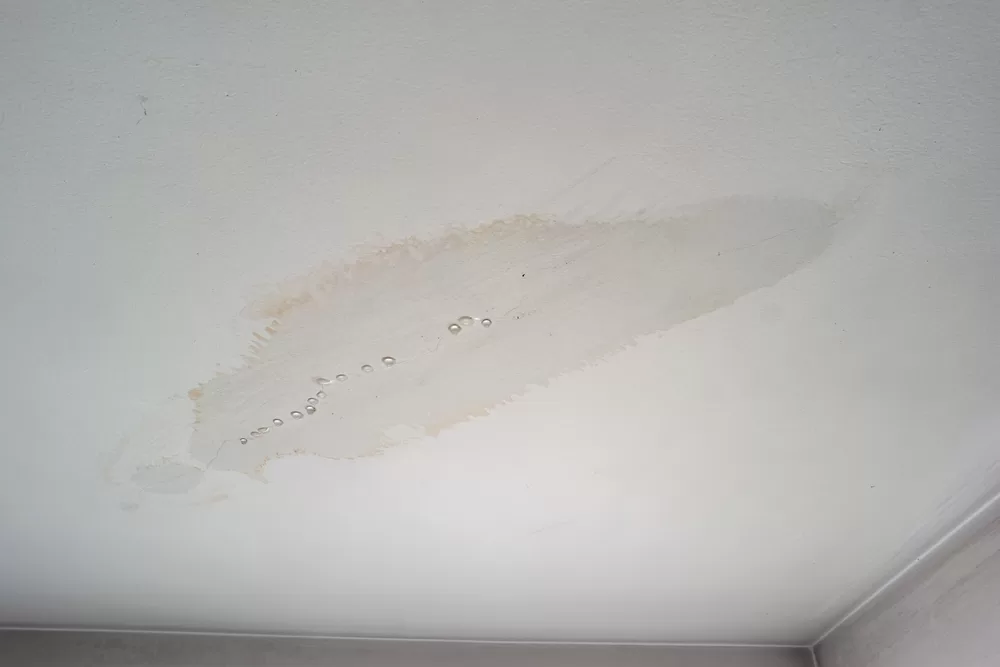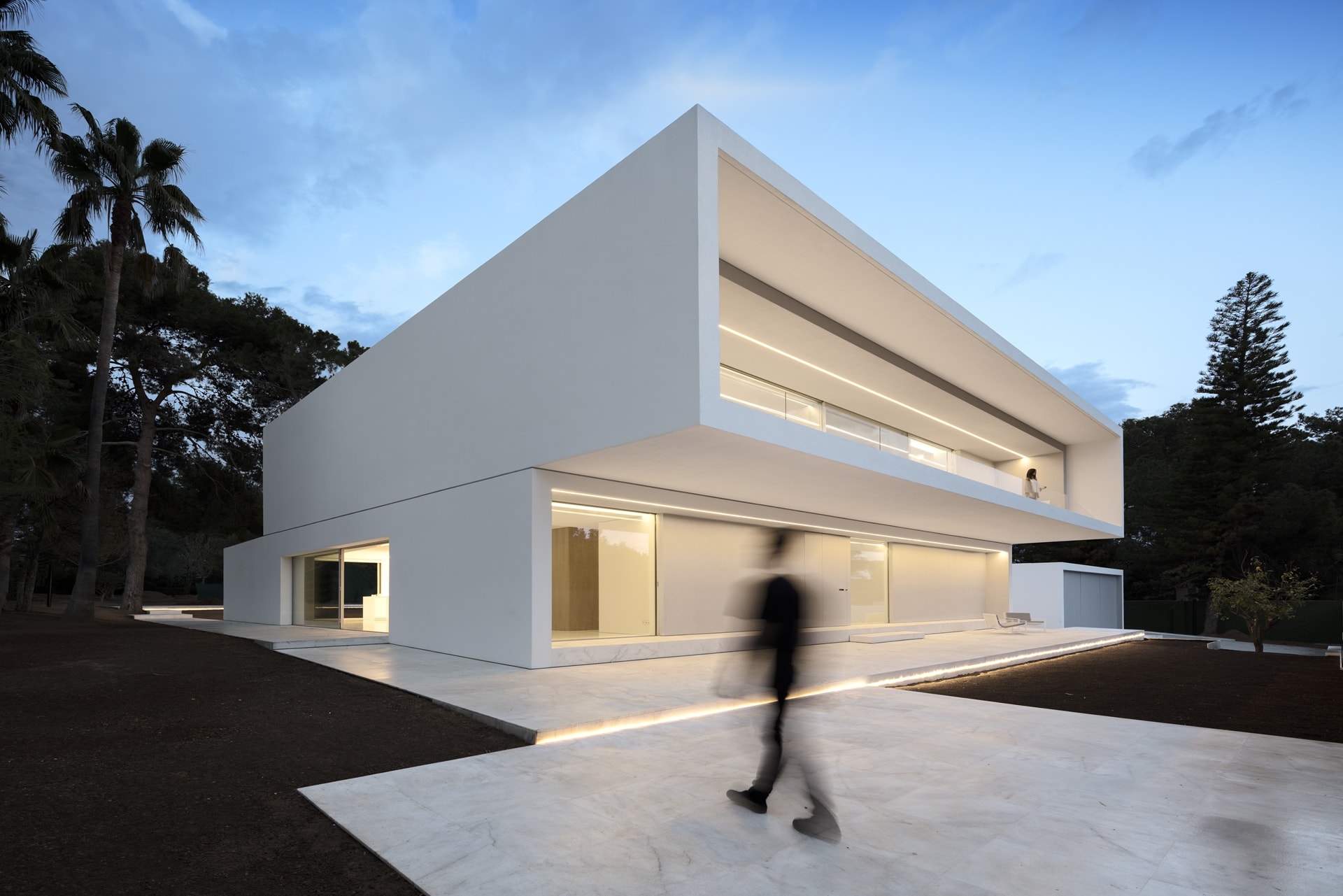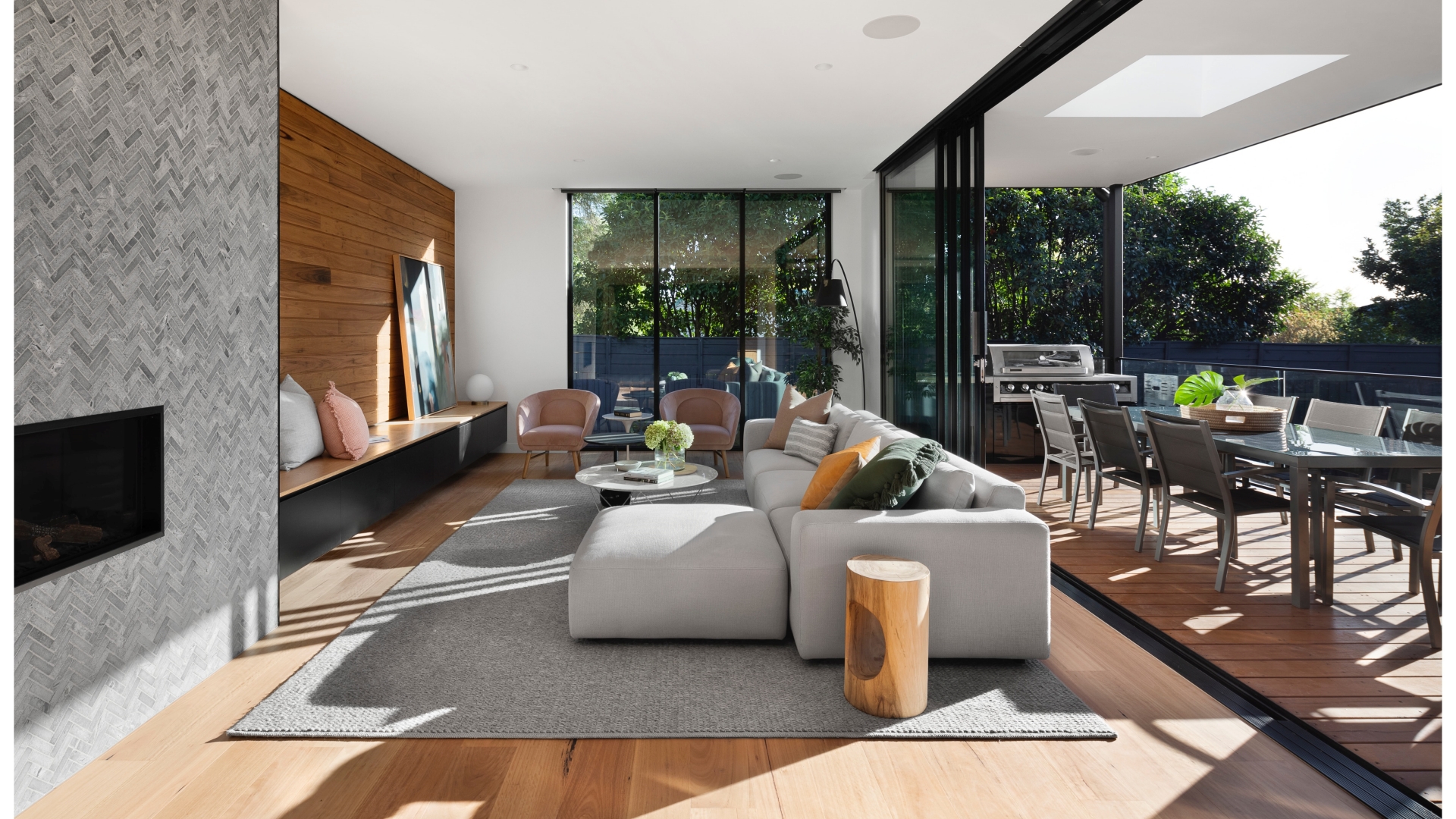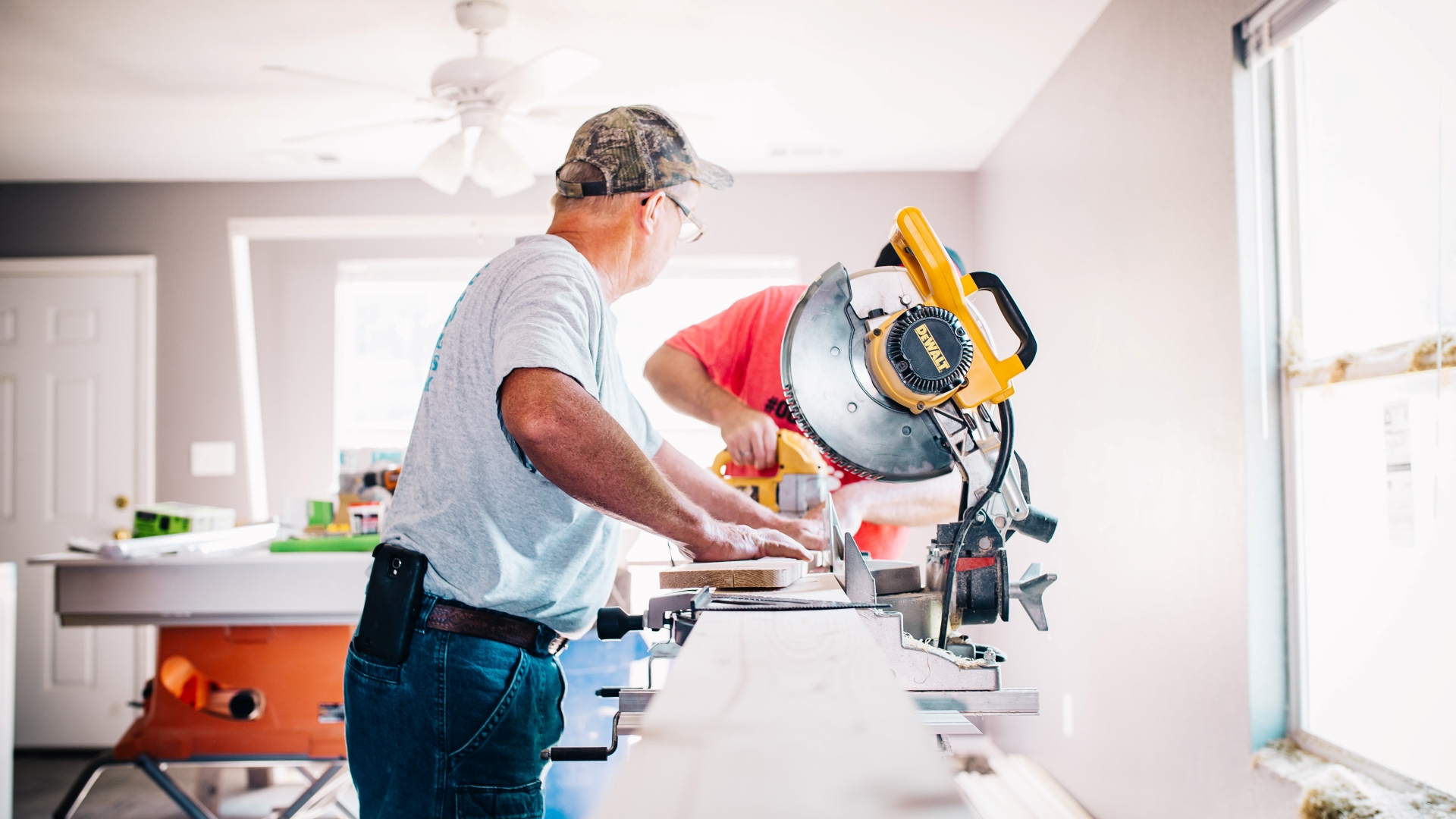From structural to aesthetic damage, the impact of damp on architecture can be detrimental. It goes beyond simply being inconvenient; it can potentially compromise the integrity of a structure and the health of its inhabitants. Both architects and homeowners need to be aware of the impact that damp has on architecture, as this is sure to affect design choices, construction methods, and long-term maintenance. It’s wise to opt for the best damp proofing Chelsea and Kensington has to offer or wherever you’re based, as this will help to prevent damp complications before they even present themselves.
The Nature of Dampness
Damp in buildings refers to unwanted moisture in walls, floors, and ceilings, and this moisture can manifest in a number of ways, including the following:
Rising damp – As suggested by the name, this is what we call ground moisture that rises up the walls of buildings.
Penetrating damp – Again, the name for this one is fairly self-explanatory. It describes damp that has been caused by water coming through the walls as a result of faulty roofing, walls, or windows.
Condensation – Condensation forms when humid air comes into contact with cooler surfaces.
Structural Damage
Perhaps the most worrying impact of damp on architecture is the potential for structural damage. This is because persistent moisture can weaken the materials that make up a building; these materials could include wood, bricks, mortar, and more.
For instance, when timber structures are exposed to moisture for an extended period of time, this can lead to wood rot. The result of this is the compromised strength and stability of beams, floors, and supports. Wet rot takes hold in damp conditions, whereas dry rot thrives in areas in which timber alternates between wet and dry. Regardless of the type of rot, though, it can result in severe structural failures if it’s not treated.
Meanwhile, bricks are porous, and this means that they absorb water and can become damaged over time. This is only made worse by the freeze-thaw cycle, as this causes water to expand when it freezes, which can lead to spalling and cracking. What’s more, mortar can deteriorate, which can result in weakened bonds between bricks and potential structural instability.
Aesthetic Damage
As well as being structurally damaging, damp does no favors for your home’s aesthetics. The presence of damp can lead to stains, mold growth, and efflorescence on walls and ceilings. There’s no escaping the fact that damp complications take away from the visual appeal of a building, all while indicating potentially severe problems that require attention.
For example, damp problems can result in blistered drywall and peeling paint. This might leave you constantly repairing and repainting your walls, but this isn’t a long-term solution. Instead, damp complications require specialized restoration techniques, especially in historic buildings, where it’s important to maintain the building’s original character.
Similarly, mold and mildew are far from attractive, but they also have the capacity to pose health risks to a property’s inhabitants. Both mold and mildew thrive in damp environments, in which they release spores that can lead to respiratory complications like allergic reactions. If you’re to address mold problems, you need to do much more than clean the surface; it’s essential to resolve the underlying moisture problem to prevent it from reoccurring.
Final Thoughts
All in all, damp has the capacity to be extremely detrimental to architecture. Not only does it affect the buildings themselves, but it also affects the people who live in them. Therefore, if you suspect that your property is suffering from damp problems, it’s essential that you get these seen as a matter of urgency.












